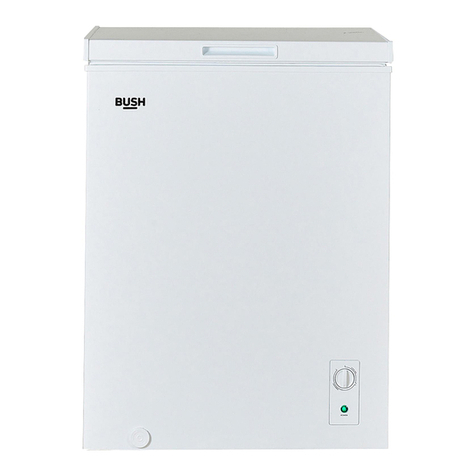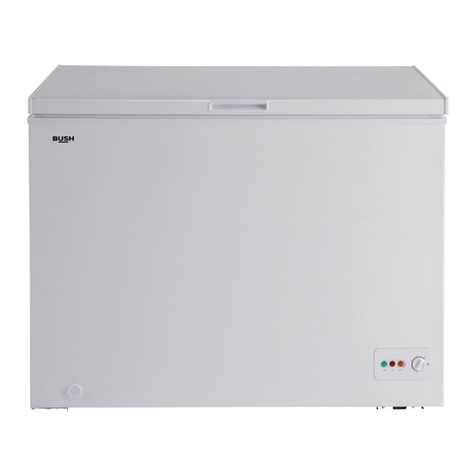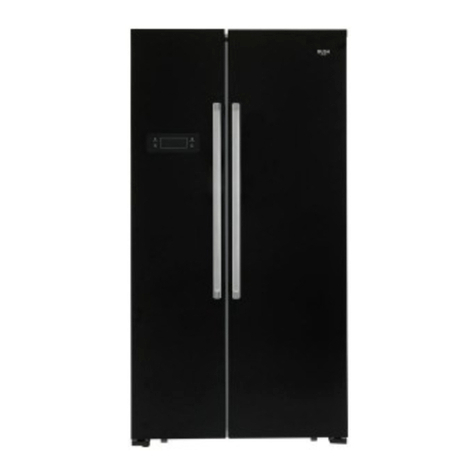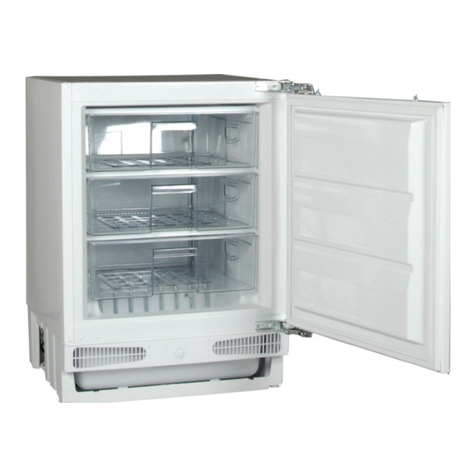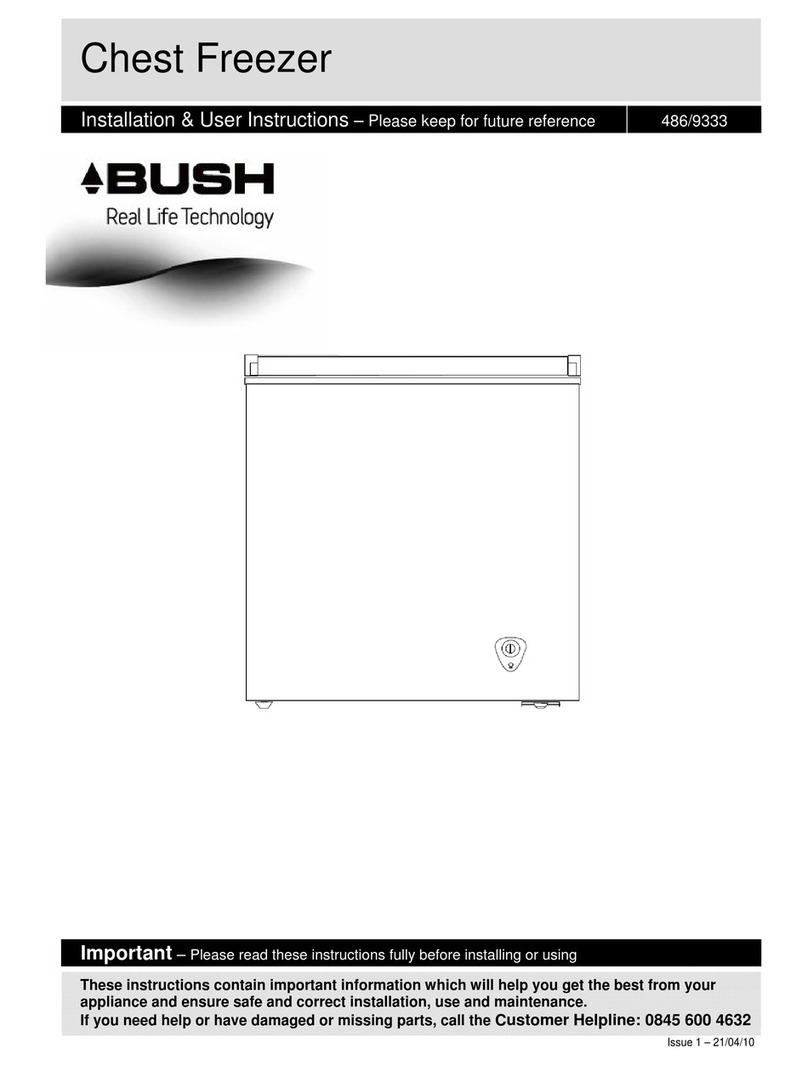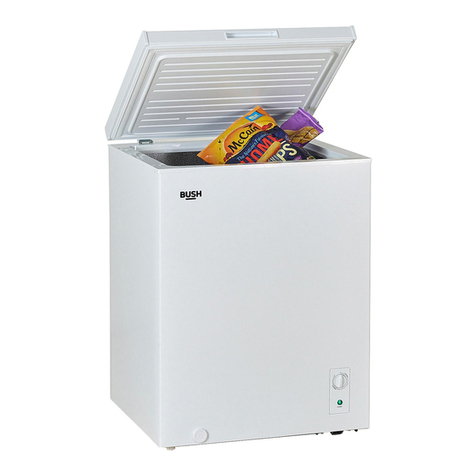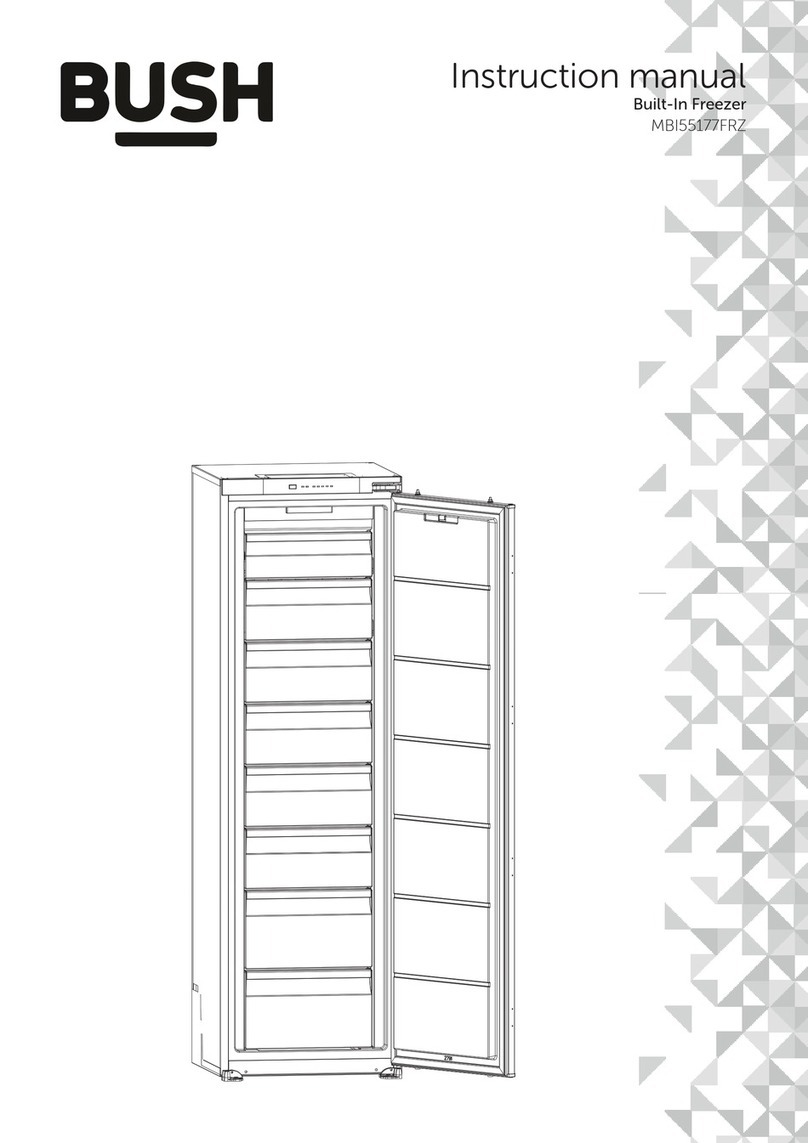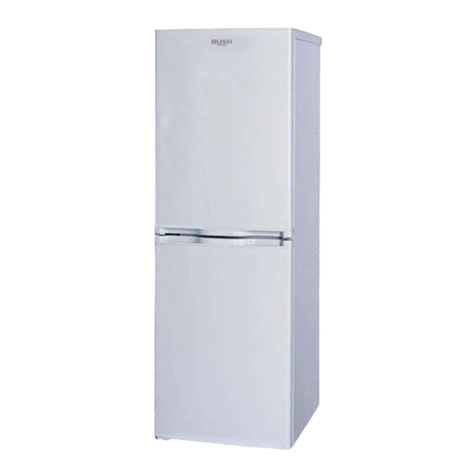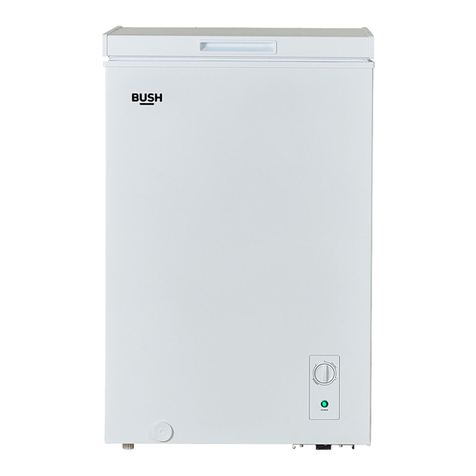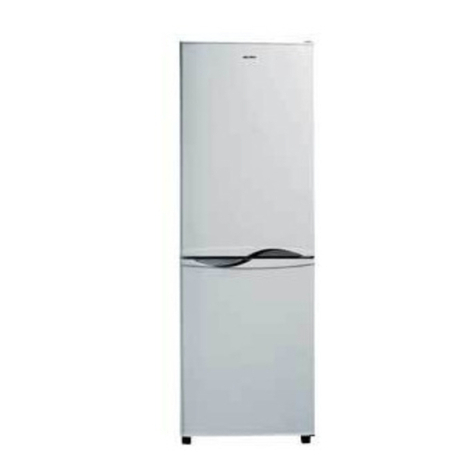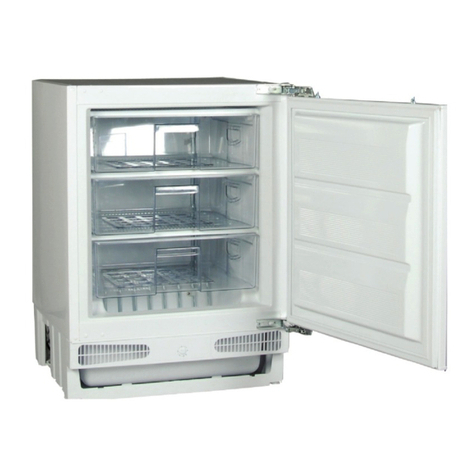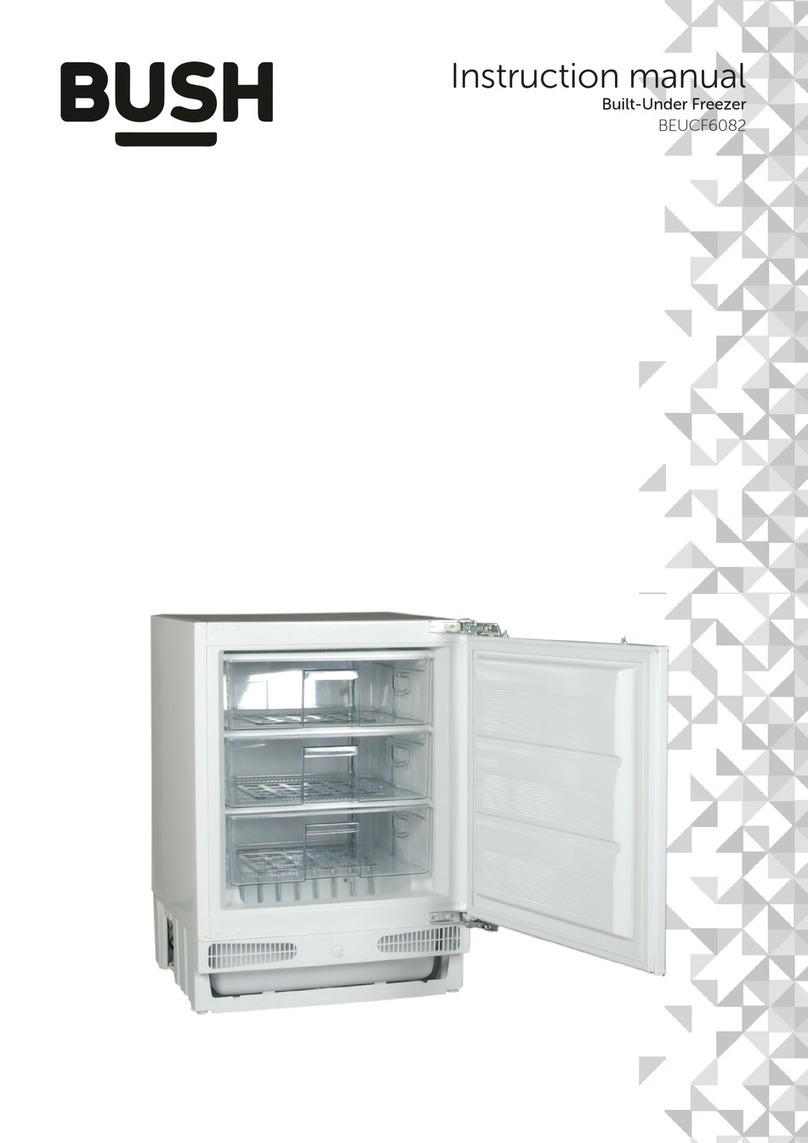
Important safety information
Your safety is of the utmost importance to Viceroy.
Please make sure that you re ad this instruction booklet
before attempti ng to install or use the appli ance. If
you are u nsure of any of th e information contained in
this booklet, please contact the Viceroy Advice Line.
IMPORTANT: Any installation work must be
carried out by a qualified electrician or
competent person.
Use of the appliance
oYour appliance is only desi gned to be used i n the
home. It is suitable for st oring food that needs to
be chilled and refrigerated. If it is used for any
other purpose or it is not used correctly, t hen
Viceroy will accept no liability for any damage that
may be caused.
oAltering the specification of the appliance must not be attempted
for reasons of safety.
Before using your appliance
oCheck the appliance for an y signs of transport damage . If you
notice any damage, then you shou ld not connect your applianc e
to your mains supply and should contact your retailer.
Refrigerant
oYour appliance contains R600a refrigerant, which is a natural gas
that does not contain CFCs that can damage the environment.
However it is a flammable substa nce, therefore care should be
taken:
During the transportation and installation of the
appliance, make sure that the refrigeration pipework
does not get damaged.
If it does become damaged then sources of ig nition
and open flames should be avoided. Also the room
that the appliance is situated in should be thoroughly
ventilated.
4
oDo not place any objects on top of the appliance,
as this may damage the table top.

